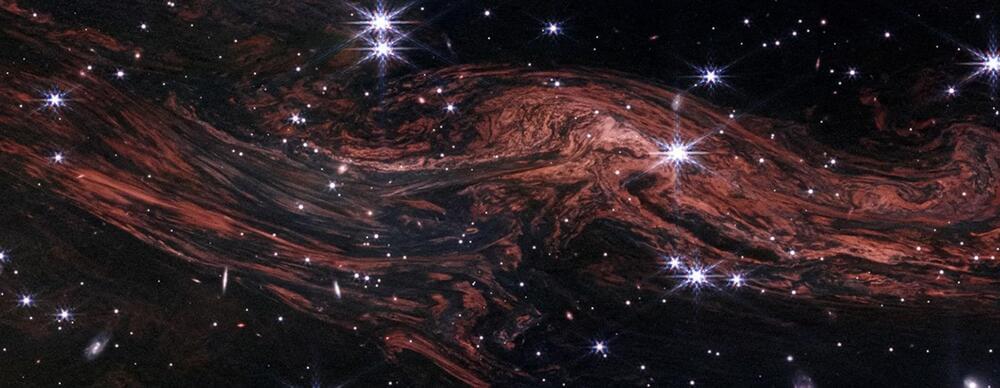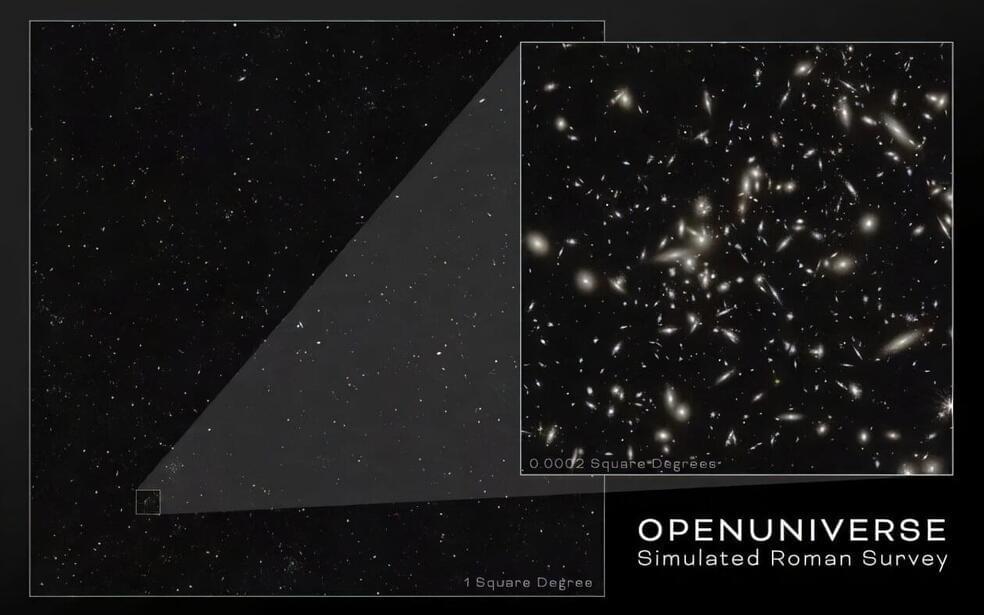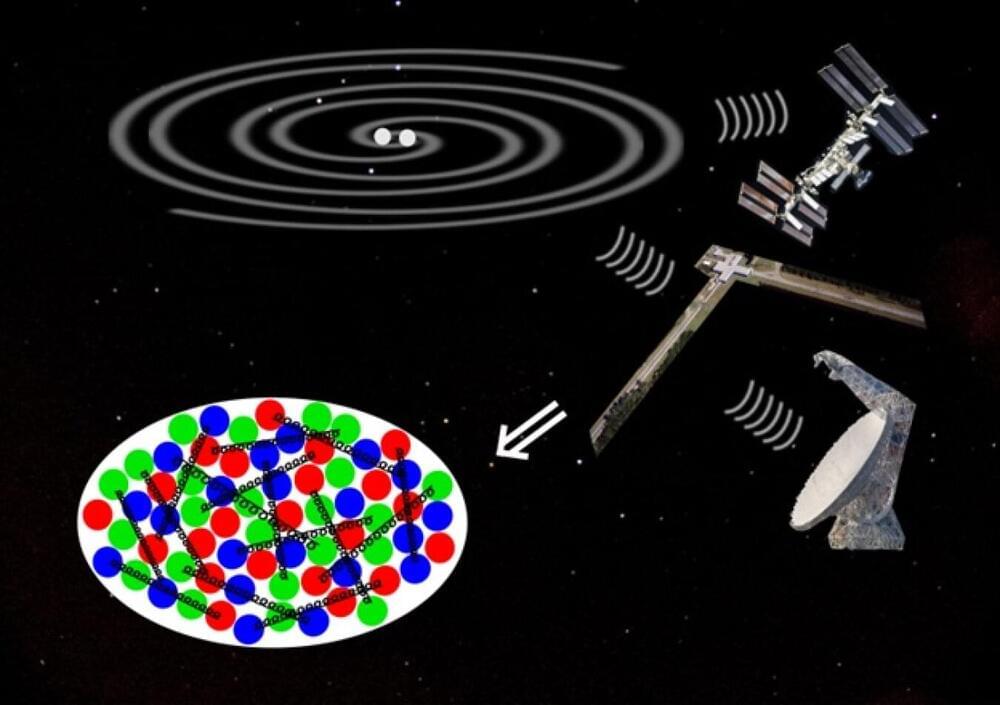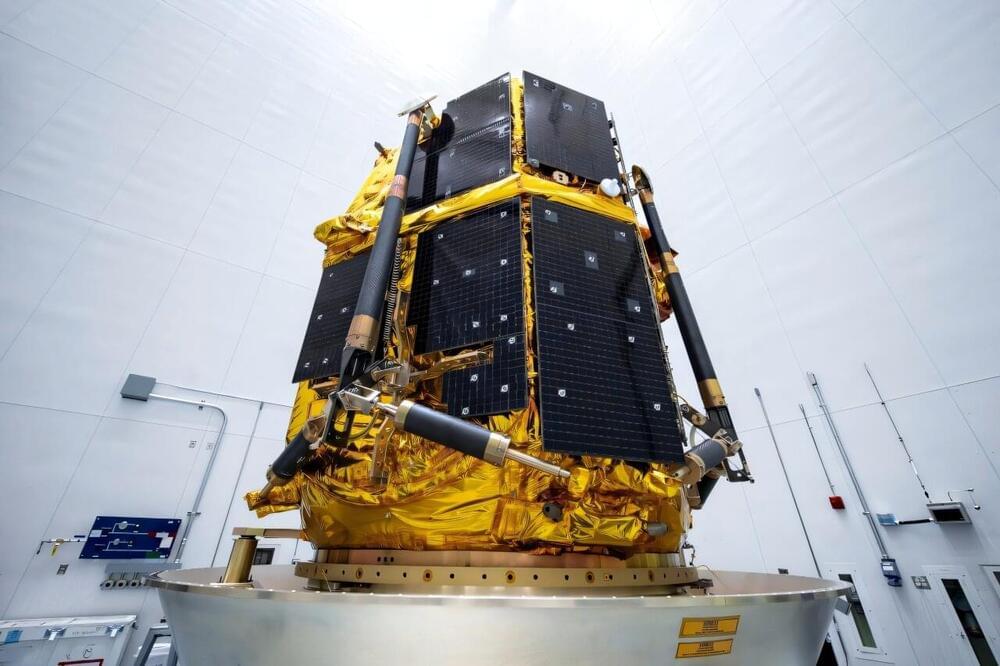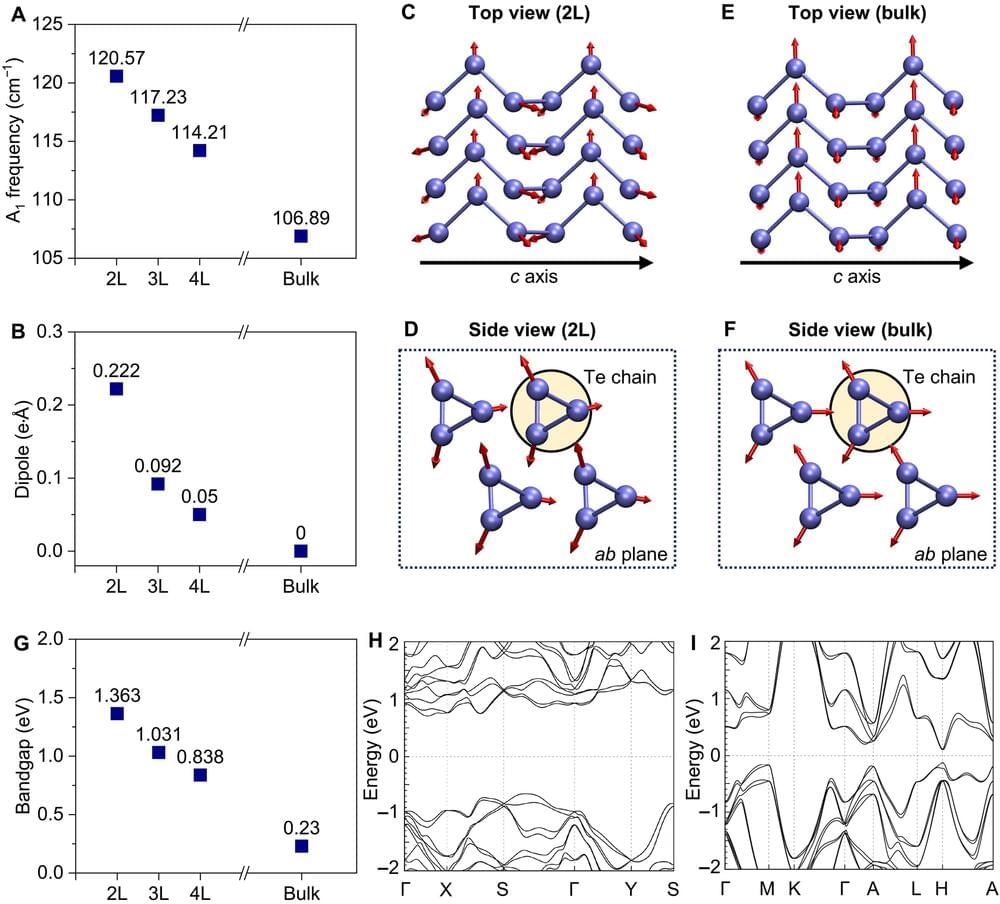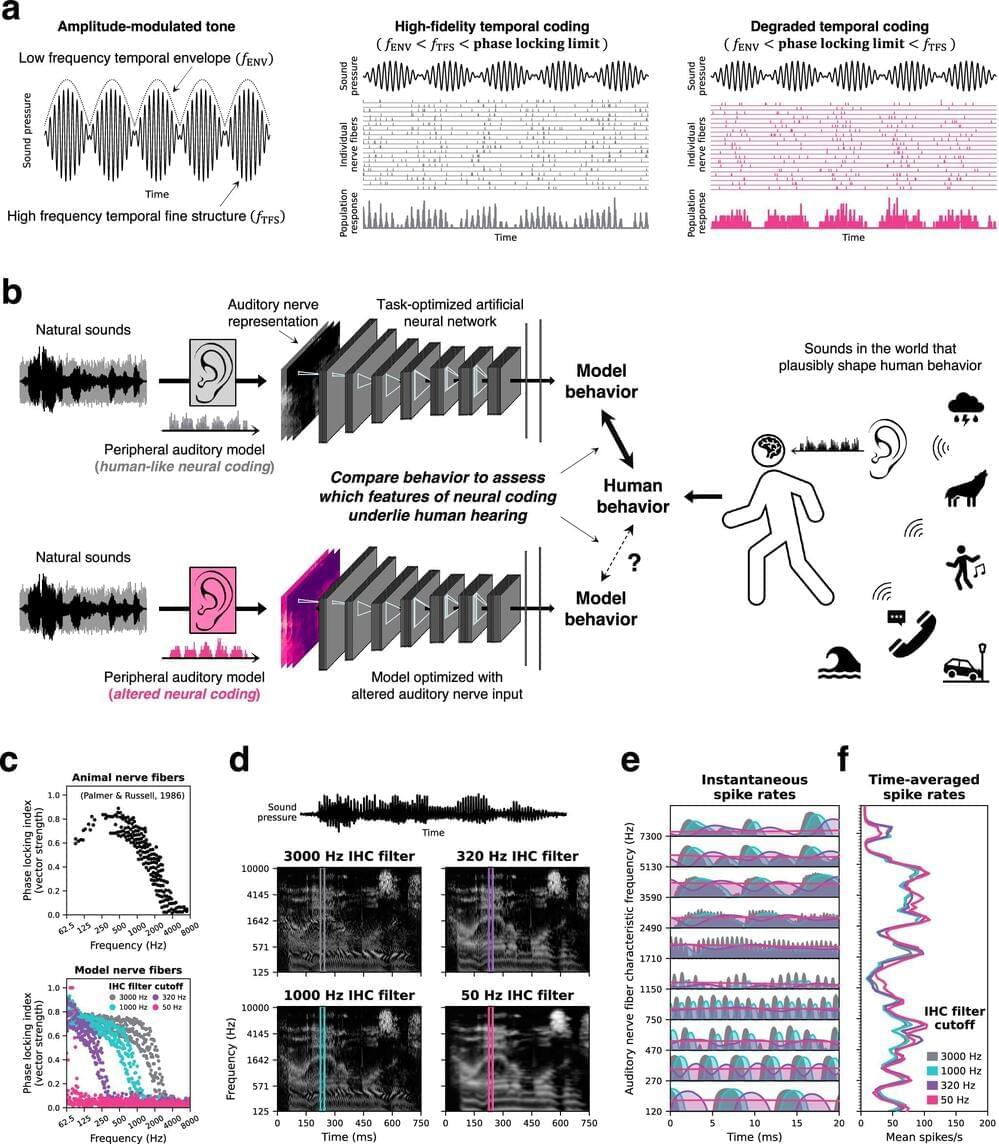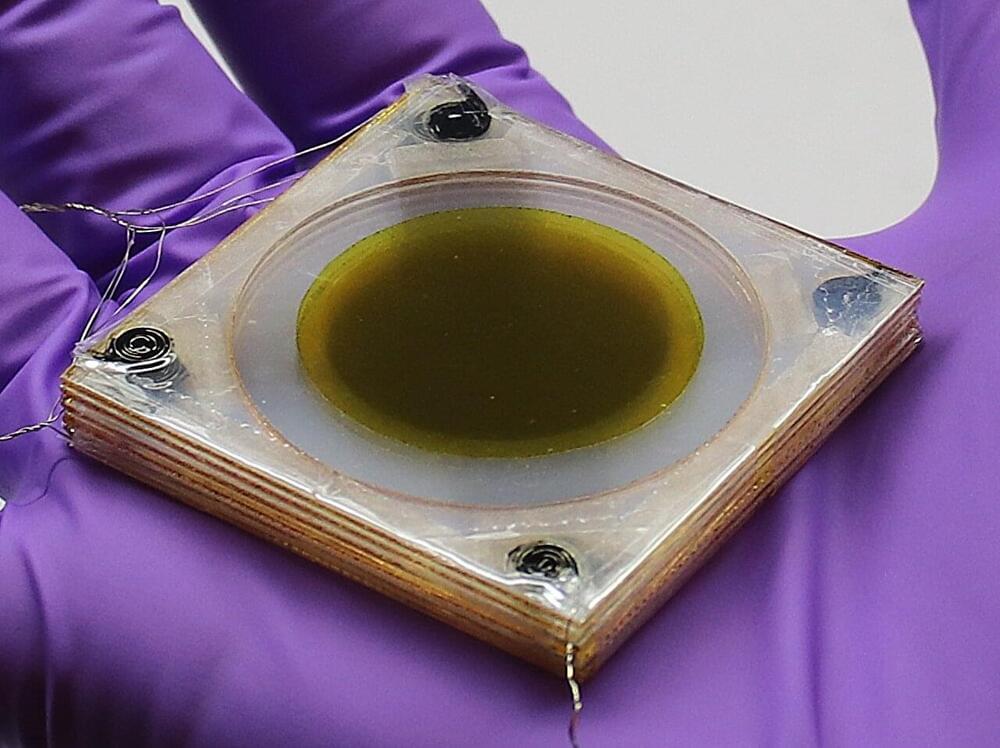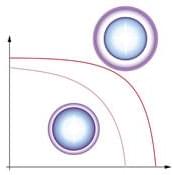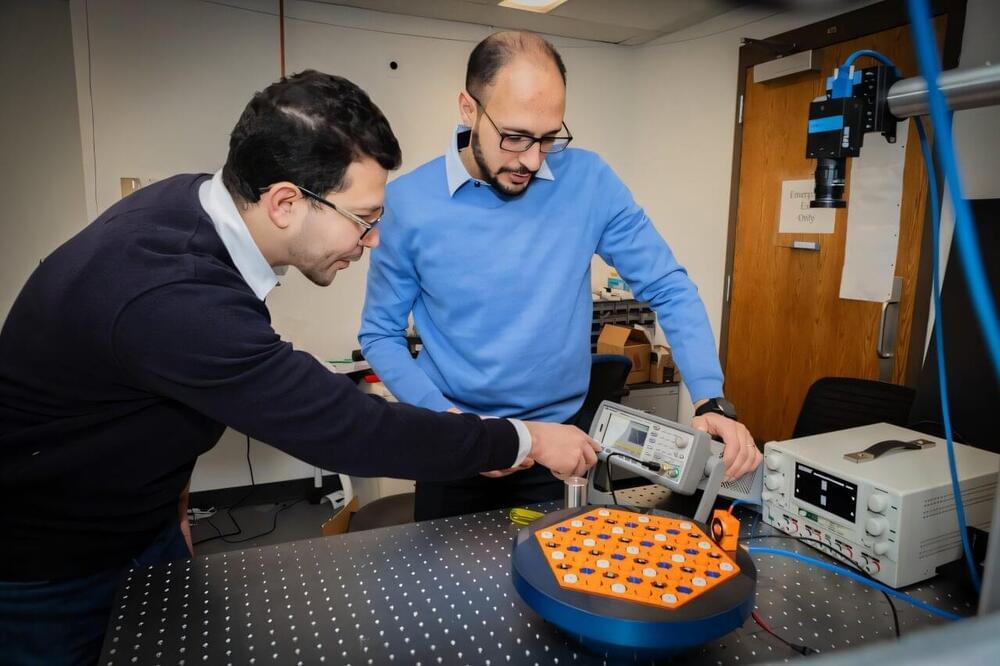Once upon a time, the core of a massive star collapsed, creating a shockwave that blasted outward, ripping the star apart as it went. When the shockwave reached the star’s surface, it punched through, generating a brief, intense pulse of X-rays and ultraviolet light that traveled outward into the surrounding space. About 350 years later, that pulse of light has reached interstellar material, illuminating it, warming it, and causing it to glow in infrared light.
NASA’s James Webb Space Telescope has observed that infrared glow, revealing fine details resembling the knots and whorls of wood grain. These observations are allowing astronomers to map the true 3D structure of this interstellar dust and gas (known as the interstellar medium) for the first time.
“We were pretty shocked to see this level of detail,” said Jacob Jencson of Caltech/IPAC in Pasadena, principal investigator of the science program.
